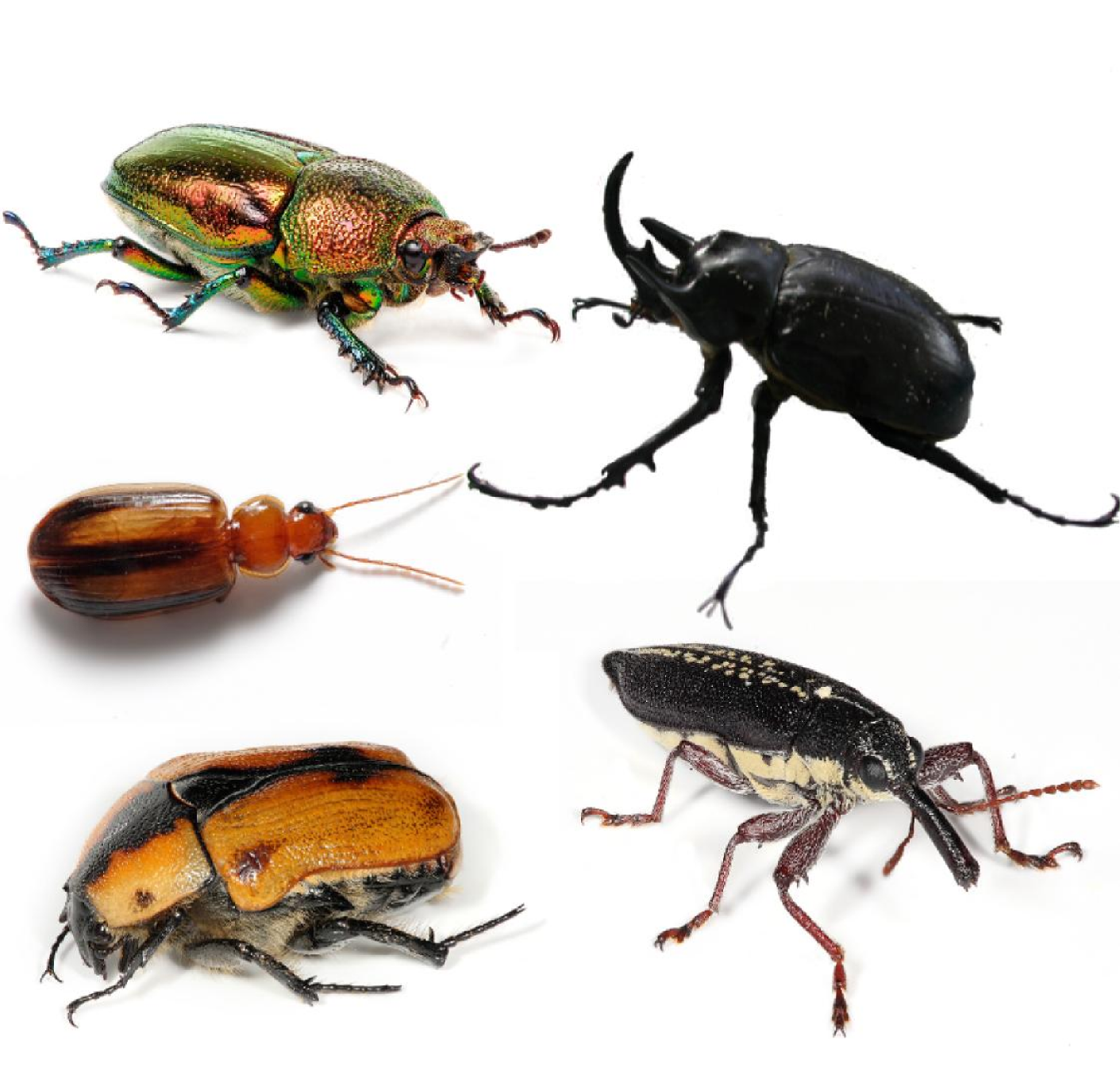|
Toreus
''Toreus'' is a monotypic genus of ceromid camel spiders, first described by William Frederick Purcell in 1903. Its single species, ''Toreus'' ''capensis'' is distributed in South Africa South Africa, officially the Republic of South Africa (RSA), is the southernmost country in Africa. It is bounded to the south by of coastline that stretch along the South Atlantic and Indian Oceans; to the north by the neighbouring countri .... References Solifugae genera Monotypic arachnid genera {{Solifugae-stub ... [...More Info...] [...Related Items...] OR: [Wikipedia] [Google] [Baidu] |
Ceromidae
Ceromidae is a family of solifuges, first described by Carl Friedrich Roewer Carl Friedrich Roewer (12 October 1881, in Neustrelitz – 17 June 1963) was a German arachnologist. He concentrated on harvestmen, where he described almost a third (2,260) of today's known species, but also almost 700 taxa of spiders and numerou ... in 1933. Genera , the World Solifugae Catalog accepts the following four genera: *'' Ceroma'' Karsch, 1885 *'' Ceromella'' Roewer, 1933 *'' Toreus'' Purcell, 1903 *†'' Cratosolpuga'' Selden, 1996 References {{Taxonbar, from=Q737319 Solifugae families ... [...More Info...] [...Related Items...] OR: [Wikipedia] [Google] [Baidu] |
Monotypic Taxon
In biology, a monotypic taxon is a taxonomic group (taxon) that contains only one immediately subordinate taxon. A monotypic species is one that does not include subspecies or smaller, infraspecific taxa. In the case of genera, the term "unispecific" or "monospecific" is sometimes preferred. In botanical nomenclature, a monotypic genus is a genus in the special case where a genus and a single species are simultaneously described. In contrast, an oligotypic taxon contains more than one but only a very few subordinate taxa. Examples Just as the term ''monotypic'' is used to describe a taxon including only one subdivision, the contained taxon can also be referred to as monotypic within the higher-level taxon, e.g. a genus monotypic within a family. Some examples of monotypic groups are: Plants * In the order Amborellales, there is only one family, Amborellaceae and there is only one genus, '' Amborella'', and in this genus there is only one species, namely ''Amborella trichopoda ... [...More Info...] [...Related Items...] OR: [Wikipedia] [Google] [Baidu] |
William Frederick Purcell
William Frederick Purcell (18 September 1866 - 3 October 1919) was an English-born South African arachnologist and zoologist. He is regarded as being the founder of modern araneology in South Africa. Early life and education Purcell was born in London, England to Dr Walter P.J. Purcell of Waterford, Ireland, and his wife Sophia W.J. Hertzog of Cape Town. In 1868 the family moved to South Africa and settled in Cape Town. He spent most of his childhood on the farm Bergvliet, which was owned by his uncle W.F. Hertzog. From 1881, Purcell studied at South African College, Cape Town, matriculated through the University of the Cape of Good Hope (UCGH) in 1884 and received a BA (with Honours) in mathematics and natural science in 1887 from UCGH. In 1885 and 1887 he provided the South African Museum with samples of ''coleoptera'' obtained at Bergvliet and Prieska. Purcell continued his education in Germany with a focus on the internal structure of arachnids. In 1894 Friedrich-Wilhe ... [...More Info...] [...Related Items...] OR: [Wikipedia] [Google] [Baidu] |
South Africa
South Africa, officially the Republic of South Africa (RSA), is the southernmost country in Africa. It is bounded to the south by of coastline that stretch along the South Atlantic and Indian Oceans; to the north by the neighbouring countries of Namibia, Botswana, and Zimbabwe; and to the east and northeast by Mozambique and Eswatini. It also completely enclaves the country Lesotho. It is the southernmost country on the mainland of the Old World, and the second-most populous country located entirely south of the equator, after Tanzania. South Africa is a biodiversity hotspot, with unique biomes, plant and animal life. With over 60 million people, the country is the world's 24th-most populous nation and covers an area of . South Africa has three capital cities, with the executive, judicial and legislative branches of government based in Pretoria, Bloemfontein, and Cape Town respectively. The largest city is Johannesburg. About 80% of the population are Black South Afri ... [...More Info...] [...Related Items...] OR: [Wikipedia] [Google] [Baidu] |
Solifugae Genera
Solifugae is an order of animals in the class Arachnida known variously as camel spiders, wind scorpions, sun spiders, or solifuges. The order includes more than 1,000 described species in about 147 genera. Despite the common names, they are neither true scorpions (order Scorpiones), nor true spiders (order Araneae). Most species of Solifugae live in dry climates and feed opportunistically on ground-dwelling arthropods and other small animals. The largest species grow to a length of , including legs. A number of urban legends exaggerate the size and speed of the Solifugae, and their potential danger to humans, which is negligible. Anatomy Solifuges are moderately small to large arachnids (a few millimeters to several centimeters in body length), with the larger species reaching in length, including legs. In practice, the respective lengths of the legs of various species differ drastically, so the resulting figures are often misleading. More practical measurements refer prima ... [...More Info...] [...Related Items...] OR: [Wikipedia] [Google] [Baidu] |
